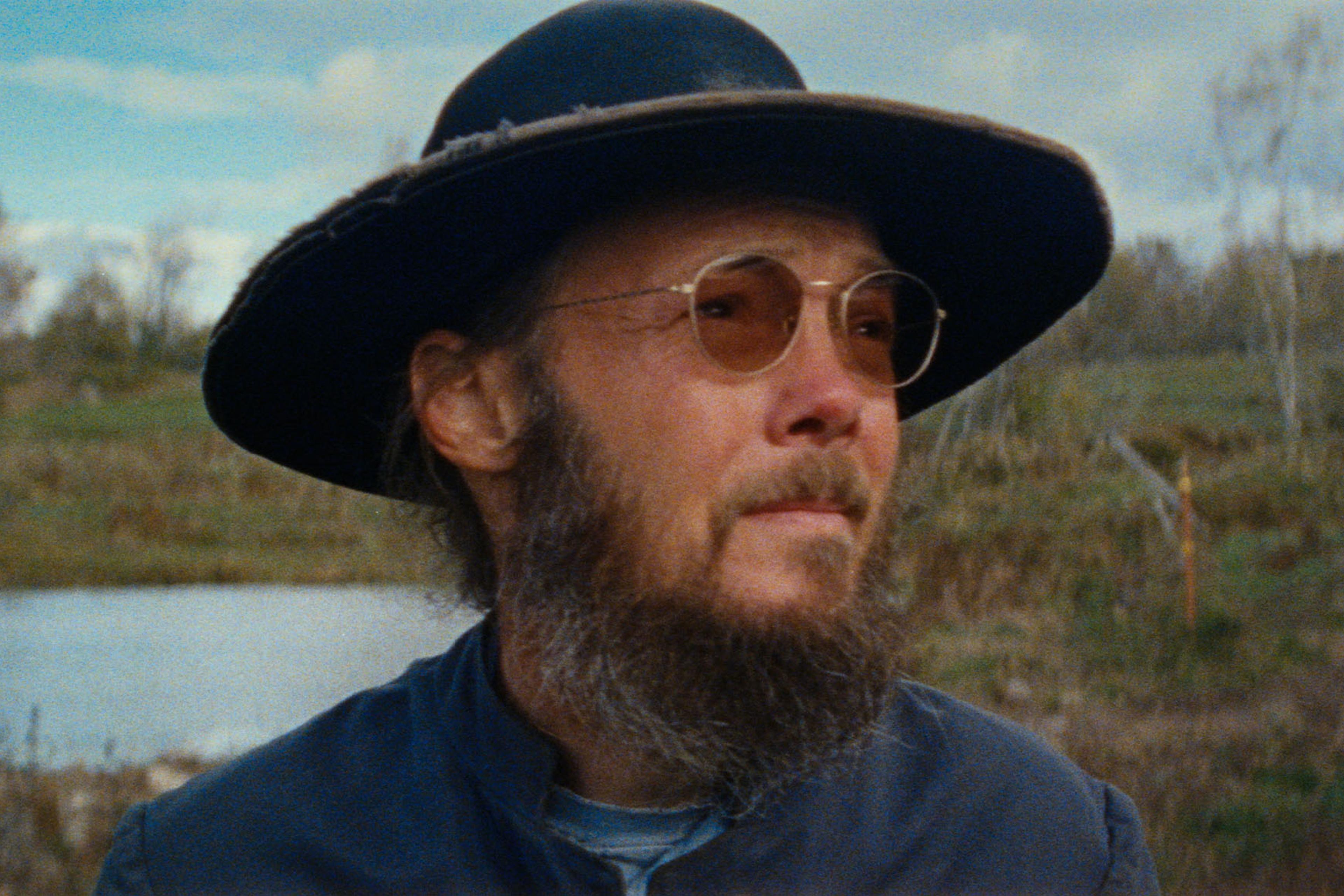Mark Metcalf is famous. Well, sort of. If you don’t recognise his face or name – and you probably don’t – there’s a decent chance you’ll remember his breakout role as an army commander in the comedy National Lampoon’s Animal House (1978), in which he screams at a group of feckless, college-aged cadets: ‘You’re all worthless and weak. Now drop and give me 20!’ Or, perhaps, from his turn as a despotic dad in the music video for the Twisted Sister song ‘We’re Not Gonna Take It’ (1984), where, with even more spittle and invective, he howls at his teenage son: ‘What do you wanna do with your life?’ That is to say, Metcalf has a type – an exasperated, authoritative white man with a mindset that, per Metcalf: ‘the world should be a certain way and, if it wasn’t, he could crush it or discipline it.’ And, as the short documentary Character (2020) explores, his relationship with his typecast role has been one of the most complex of his life.
The US filmmaker Vera Brunner-Sung’s portrait of Metcalf, who is now 75 and mostly retired from acting, charts his life and career – and, in particular, his knotty relationship with his craft. As a child of the US suburbs, he set out to shed the WASPy world he was born into. But, with his memorable turn in National Lampoon’s Animal House, the physical traits and background of privilege he had tried to escape once again began to define him. And, although he was ‘seduced’ by the perks that came with Hollywood success, work soon dried up when the industry came to see him as fit for only one kind of role, and then, none at all. Resentful of being whittled down to a stereotype, Metcalf left the industry in 2000 and dedicated himself to raising his Autistic son, which he ultimately found to be a far more gratifying creative challenge.
Tracing the contours of Metcalf’s life and mind, Brunner-Sung deploys an eclectic toolbox to help dodge the clichés and familiar tropes of her own form. Besides a few barely audible words from an offscreen production team, Metcalf’s deep baritone is the only voice present throughout the film. And, apart from some still images from his past and a few shots of him with his son, he’s the only person present on screen. This, alongside the candour with which Metcalf speaks, makes the film especially intimate viewing. Relying heavily on a single character, the portrait maintains its momentum via a series of inventive set pieces. Metcalf navigates his past via scripted reenactments, a variety of costumes, acting exercises and an eerie, evocative scene in which the faces of more successful actors are projected onto his.
While very much a window into one person’s internal world, Character also grapples with broader questions of power structures and identity, and the intersection of the two. As a young person trying to find his own path, and then as an older actor who had found some success, Metcalf had an identity thrust upon him that he was never quite comfortable with, and which he struggled to transcend. ‘It didn’t ask of me what I felt I had to give,’ he says of his Hollywood career – a sentiment that will surely resonate with many viewers with far less visible and privileged places in society. Through Metcalf, Brunner-Sung skilfully probes how identity is often imposed on us by forces outside our control. And through Brunner-Sung’s film, Metcalf is, at last, given a compelling starring role – and one in which he’s finally able to define himself.
Written by Adam D’Arpino







